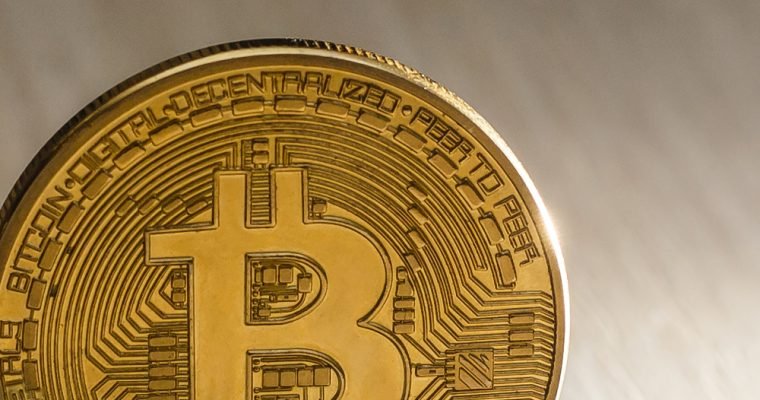 www.ccn.com
www.ccn.com
If “mining” sounds like a process which extracts value from Bitcoin, nothing could be further from the truth!
Miners are the backbone of the Bitcoin network:
Without miners, the network would collapse and lose all value.
The role of miners is to secure the network and to process every Bitcoin transaction.
Miners achieve this by solving a computational problem which allows them to chain together blocks of transactions (hence Bitcoin’s famous “blockchain”).
For this service, miners are rewarded with newly-created Bitcoins and transaction fees.
The Blockchain
To understand mining, it’s first necessary to understand the Bitcoin blockchain.
It works like this:
All Bitcoin transactions are recorded in the blockchain, in a linear, time-stamped series of bundled transactions known as blocks.
The blockchain is essentially a public ledger, which is freely shared, continually updated and under no central control.
Isn’t Mining a Waste of Electricity?
Certain orthodox economists have criticized mining as wasteful.
It must be kept in mind however that this electricity is expended on useful work:
Enabling a monetary network worth billions (and potentially trillions) of dollars!
Compared to the carbon emissions from just the cars of PayPal’s employees as they commute to work, Bitcoin’s environmental impact is negligible.
As Bitcoin could easily replace PayPal, credit card companies, banks and the bureaucrats who regulate them all, it begs the question:
Isn’t traditional finance a waste?
Not just of electricity, but of money, time and human resources!
Mining Difficulty
If only 21 million Bitcoins will ever be created, why has the issuance of Bitcoin not accelerated with the rising power of mining hardware?
Issuance is regulated by Difficulty, an algorithm which adjusts the difficulty of the Proof of Work problem in accordance with how quickly blocks are solved within a certain timeframe (roughly every 2 weeks or 2016 blocks).
Difficulty rises and falls with deployed hashing power to keep the average time between blocks at around 10 minutes.
Block Reward Halving
Satoshi designed Bitcoin such that the block reward, which miners automatically receive for solving a block, is halved every 210,000 blocks (or roughly 4 years).
As Bitcoin’s price has risen substantially (and is expected to keep rising over time), mining remains a profitable endeavor despite the falling block reward… at least for those miners on the bleeding edge of mining hardware with access to low-cost electricity.
Honest Miner Majority Secures the Network
To successfully attack the Bitcoin network by creating blocks with a falsified transaction record, a dishonest miner would require the majority of mining power so as to maintain the longest chain.
This is known as a 51% attack and it allows an attacker to spend the same coins multiple times and to blockade the transactions of other users at will.
To achieve it, an attacker needs to own mining hardware than all other honest miners.
This imposes a high monetary cost on any such attack.
At this stage of Bitcoin’s development, it’s likely that only major corporations or states would be able to meet this expense… although it’s unclear what net benefit, if any, such actors would gain from degrading or destroying Bitcoin.
Mining Hardware
When Satoshi released Bitcoin, he intended it to be mined on computer CPU s.
However:
Enterprising coders soon discovered they could get more hashing power from graphic cards and wrote mining software to allow this.
GPUs were surpassed in turn by ASIC s (Application Specific Integrated Circuits).
Nowadays all serious Bitcoin mining is performed on ASICs, usually in thermally-regulated data-centres with access to low-cost electricity.
Economies of scale have thus led to the concentration of mining power into fewer hands than originally intended.
Mining Pools
As with GPU and ASIC mining, Satoshi apparently failed to anticipate the emergence of mining pools.
Pools are groups of cooperating miners who agree to share block rewards in proportion to their contributed mining power.
This pie chart displays the current distribution of total mining power by pools:
While pools are desirable to the average miner as they smooth out rewards and make them more predictable, they unfortunately concentrate power to the mining pool’s owner.
Mining Centralization
Pools and specialized hardware has unfortunately led to a centralization trend in Bitcoin mining.
Bitcoin developer Greg Maxwell has stated that, to Bitcoin’s likely detriment, a handful of entities control the vast majority of hashing power.
It is also widely-known that at least 50% of mining hardware is located within China.
However, it’s may be argued that it’s contrary to the long-term economic interests of any miner to attempt such an attack.
The resultant fall in Bitcoin’s credibility would dramatically reduce its exchange rate, undermining the value of the miner’s hardware investment and their held coins.
As the community could then decide to reject the dishonest chain and revert to the last honest block, a 51% attack probably offers a poor risk-reward ratio to miners.
Bitcoin mining is certainly not perfect but possible improvements are always being suggested and considered.
Hi! I am a robot. I just upvoted you! I found similar content that readers might be interested in:
https://www.buybitcoinworldwide.com/mining/
i am sorry.cheetah
Informative essay
Psst. FYI, this is a plagiarized post. Cheetah supplied the link to the original work. We should avoid upvoting and condoning this behavior.
Thanks for letting me know. How do I take back a resteem? Shouldn’t the post be flagged?
I am not sure. I've Googled it but have not found an answer. I will let you know if I find out!
Thanks. The post has been flagged and taken down, apparently. I guess that’s problem solved.